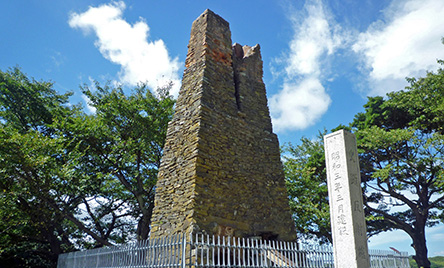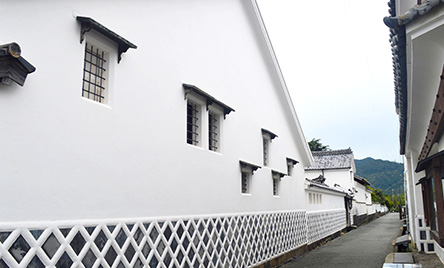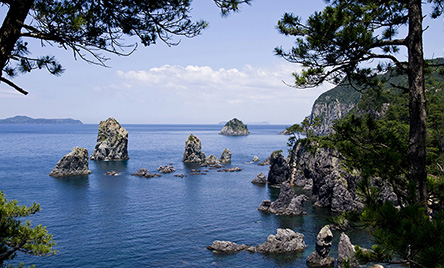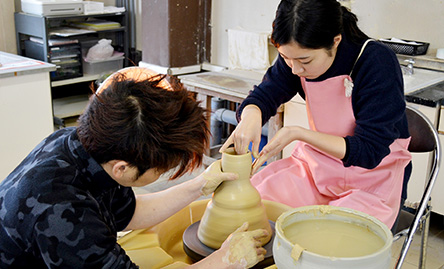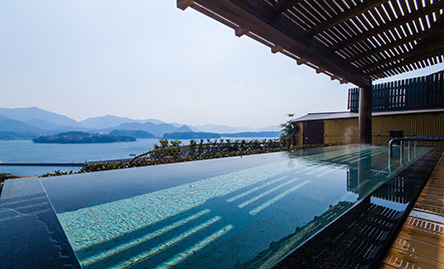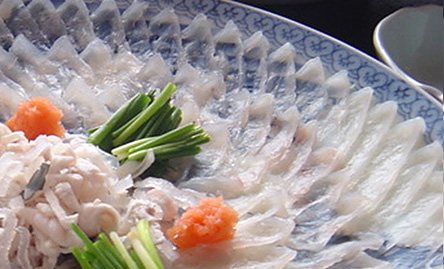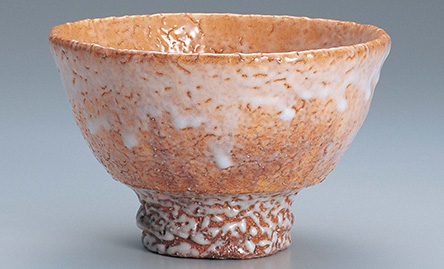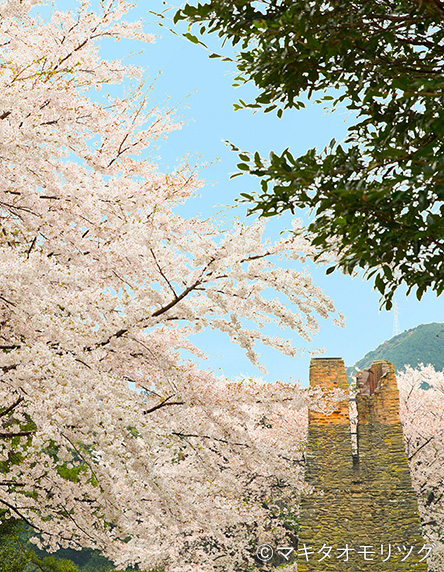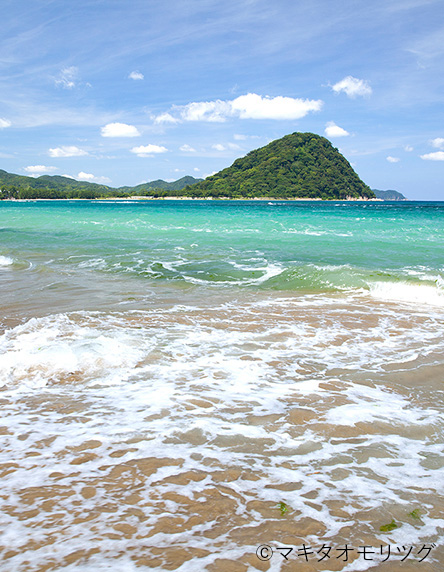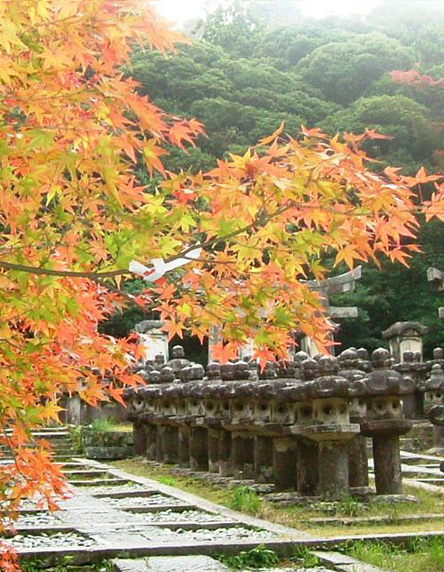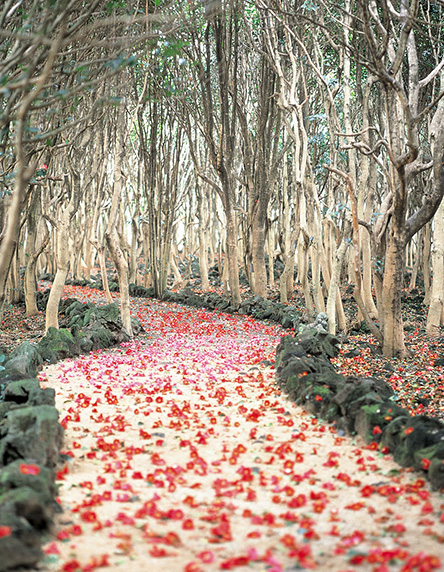Temple familiar as ‘cat temple’ or ‘nekodera’
Although Unrinji has been a Rinzai Zen temple for over 400 years, it is now widely known as Neko-dera, or “Cat Temple.” It was once a sub-temple of Tenjuin, the temple that enshrines daimyo Mōri Terumoto (1553–1625), who led the move of the domain’s headquarters from Hiroshima to Hagi. After Terumoto’s death in 1625, his retainer Nagai Motofusa (d. 1625) committed ritual suicide. Motofusa’s cat is said to have bit through its tongue and died from grief over its owner’s death. According to local legend, following the death of Motofusa’s cat, lonesome mewing could be heard in the temple at night. Eventually one of the monks at Tenjuin, performed a Buddhist memorial service (kuyō) for the cat’s spirit and the mewing ceased.
When head monk Sumida Jisei came to the temple in 1996, the temple was not as strongly associated with the legend of Motofusa’s cat as it is today. Through Sumida’s passion and as the legend grew more well known, the temple came to be called Neko-dera. Its main building contains a huge variety of cat-themed artwork, clippings from newspapers and magazines, and other items. Most of the wooden cats that can be seen throughout the temple are the work of Yamaguchi-based chainsaw artist Takao Hayashi. Famous illustrators from Japan’s anime and manga studios have also donated cat-themed artwork.
Unrinji has produced its own cat-themed votive tablets (neko ema), protective amulets, a manga pamphlet, “An Illustrated Book on Fortune-Beckoning Cats,” and a copy of the Lotus Sutra that includes humorous feline illustrations. Head monk Sumida says that he wants to use cat-based stories and materials to share the wisdom of the Buddha with visitors to the temple. He performs daily kuyō services intended to ease the suffering of the deceased, including services for deceased pets.
Unrinji has found popularity across Japan and overseas as Neko-dera, and it receives visitors from around the world. The temple also houses more than 800 statues of the bodhisattva Jizō that were discovered in a nearby village.
During the Covid-19 pandemic that began in 2020, Takao Hayashi donated a sculpture of a feline version of an amabie, a mythical creature that is said to ward off disease.
(This English-language text was created by the Japan Tourism Agency. )
Basic info
| Price | Admission is free, but donations are accepted. |
|---|---|
| Access | By Bus: Bōchō Bus from Hagi Bus Center bound for Kibe-Tsuwano. 30-minute walk from the Kibe Bus Stop. By Car: Take Route 11, then Route 13 towards Tsuwano, 30 minutes. |
| Phone | 08388-6-0307 |
| Address | 2489 Kibekami, Hagi |
| Open | Weekdays: 9:00-15:00 Saturdays, Sundays, and holidays: 9:00-17:00 |
| Website | https://www.facebook.com/neco.dera/ |
